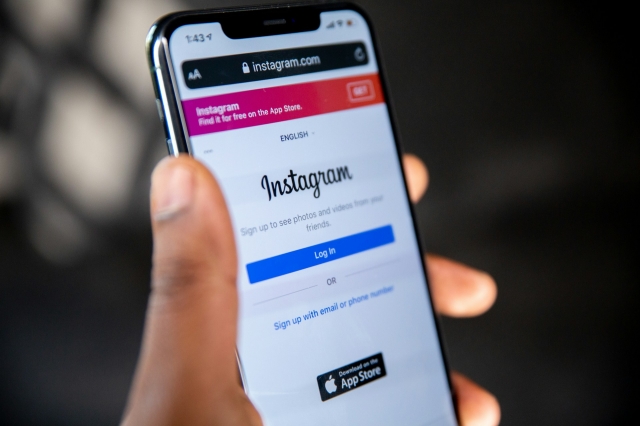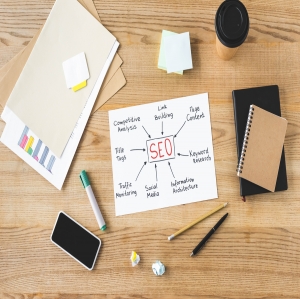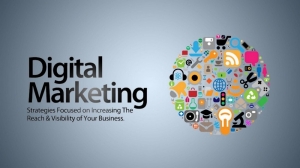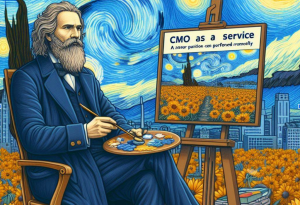In the social media age, marketers have become a must for visual content. Sharing photos and videos has become way easier on platforms such as Instagram and Pinterest. However, which platform should you promote your business on: Instagram or Pinterest?
In this in-depth piece, we’ll look at some of the most important factors between Instagram and Pinterest, including audience, content format and algorithm, to help you decide which platform is best for your visual marketing strategy in 2025. We’ll analyze user statistics, emerging trends and platform capabilities so you can make an informed decision.
Let’s get started!
Key User Statistics
The most important part is to understand your audience and how they behave on each platform. Here’s a snapshot of key user statistics for Instagram and Pinterest:
Instagram:
- 2 billion monthly active users
- 500 million users use Instagram Stories every day
- 60% of users discover new products on Instagram
- Highest audience engagement rate per follower at 2.69%
Pinterest:
- 537 million monthly active users
- 60% of weekly Pinterest visitors have bought something because of the platform
- 85% of weekly Pinterest users have made a purchase based on content seen
- The average order value from Pinterest sits at $50
Takeaway: Instagram has more active users monthly, and you can buy IG followers, while Pinterest converts more users into buyers. Instagram’s huge audience presents a major growth opportunity for brands. However, Pinterest’s highly commercial-intent users make it very shopper-friendly.
Content Format
The most important thing to know about creating high-performing visual assets is to understand which content format people prefer. Here is how content is shared on the two platforms:
- Photos
- Short videos (up to 60 seconds)
- Carousels
- Stories
- Live videos
- IGTV (long-form video)
- Reels (short, entertaining videos with audio)
- Pins with images and videos
- Story Pins
- Idea Pins
The vertical scrolling visual discovery nature of both platforms means high-quality, eye-catching photos and videos perform very well.
While Pinterest is only capable of static pin formats, Instagram gives you more with a variety of engaging, interactive formats like stories and reels.
Takeaway: Both platforms thrive on images. While that’s the case, Instagram’s wide variety of video and interactive content formats give brands more opportunities to connect with audiences.
Algorithm
To distribute content effectively, you need to understand how each platform’s algorithm works. Here’s an overview:
Unlike Facebook, which only shares your favorite friends’ content on your timeline, Instagram’s algorithmic feed only delivers posts that Instagram thinks its individual users will like. Key ranking factors include:
- User interests and activity
- Relationships with people and accounts you follow
- Types of posts users engage with more frequently
- Timeliness of posts
- Frequency of posting from accounts you follow
Pinterest orders Pins in user feeds based on their predicted taste and interests. Key factors include:
- Past user activity like searches, Pins viewed and engaged with
- Quality of Pin content
- Context like keywords and descriptions used around images
- Related Pins and boards
In essence, both platforms are content platforms that serve the users with content based on their personal interests and behavior.
However, Instagram seems to focus more on relationships and types of content. At the same time, Pinterest emphasizes the direct matching of Pin content to user taste graphs.
Takeaway: On both platforms, tailor the content to your audience’s interests. Also, engage on Instagram and build relationships. With relevant text for Pinterest, optimize pin quality.
Emerging Trends and Opportunities
Now, we will talk about some emerging content trends on both platforms and what brands can take advantage of.
Here are two major Instagram trends to leverage:
- Instagram Shopping: Instagram is quickly becoming an ecommerce channel, thanks to shoppable posts and product tags. Product images and tags should be optimized to make brands more visible and drive more conversions.
- Augmented Reality (AR) filters: High engagement comes from branded AR filters. Turn products or experiences into fun filters.
Top Pinterest trends include:
Idea Pins for instructional content: They do very well and can increase sales and engagement. Write step-by-step tutorials and useful how-tos.
Emotional and inclusive messaging: The platform is extremely resonant with positive, supportive messaging. Brand and content diversity showcase.
In a nutshell, Instagram commerce and immersive content are huge opportunities. While helpful, inspiring idea-based content works very well on Pinterest.
Platform Capabilities
Finally, let’s compare native features across three key areas relevant to marketing: content creation, distribution and analytics.
Content Creation
First of all, Instagram has a very user-friendly mobile interface with creative tools for editing photos and videos in apps. At the same time, there are better templates, image editing, and planning features available in Pinterest Studio, an online tool that’s free to use.
Content Distribution
Instagram has sophisticated ways to advertise targeted across various formats such as photo ads, carousel ads and story ads. Detailed targeting and budget allocation options give brands great control.
Pinterest recently enhanced its advertising platform with more placement and spending control tools, better campaign reporting and expanded audience targeting capabilities. However, Instagram still offers more flexibility.
Analytics
On Instagram Insights, you can see how your content is performing and who your audience is. Feed posts and Stories are both available with key metrics such as reach, impressions and engagement.
Pinterest Analytics is very detailed with stats for Pins and boards. Save, close-up, link click, and sale metrics are helpful data. Audience insights like buyer personas and conversion tracking are also available to brands.
To sum it up, Pinterest gives marketers a richer set of analytics about content and audience. But Insights still gives you decent performance benchmarking on Instagram.
Takeaway: Pinterest currently edges out Instagram in terms of creation and analytics. However, Instagram offers far superior advertising options and distribution control.
Conclusion and Recommendation
So, which platform should you choose for visual marketing in 2025? Here’s a quick recap of our key findings:
- Instagram has a larger audience,e while Pinterest users have a higher buying intent
- Instagram offers more interactive video content formats, vs. Pinterest’s consistent Pin formats
- Both platforms use algorithmic feeds based on user interests, but variables differ
- Instagram shopping, AR, and Pinterest idea Pins are rising content trends to leverage
- Pinterest currently provides superior content creation tools and analytics capabilities
- Instagram gives more advanced options for targeted advertising and campaign control
While Instagram usage and ecommerce opportunities will grow enormously, Pinterest will remain the prime platform for product discovery and shopper conversion.
Our recommendation?
Use both platforms for maximum impact through a strategic, coordinated visual marketing approach:
- Showcase products and brand stories creatively across Instagram’s interactive formats
- Promote content aggressively through Instagram advertising to engage the huge user base
- Optimize idea-based Pins for the Pinterest audience to drive discovery and sales
- Analyze Pinterest analytics to refine content and increase conversions
And finally, brands have two complementary roles to play on Instagram and Pinterest today. Together, they provide unparalleled visibility and conversion opportunities for long-term visual marketing success.
We really hope that this detailed analysis will help you select the right platform to reach your visual marketing goals in the coming years!






